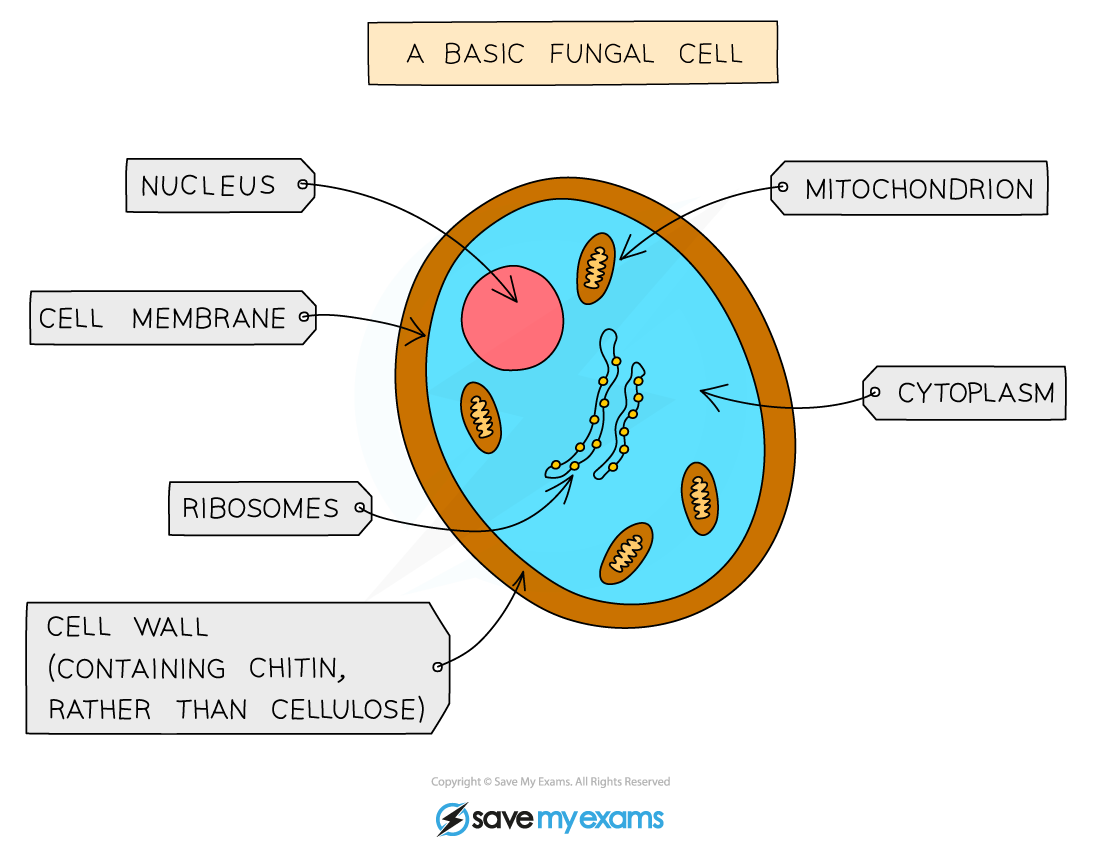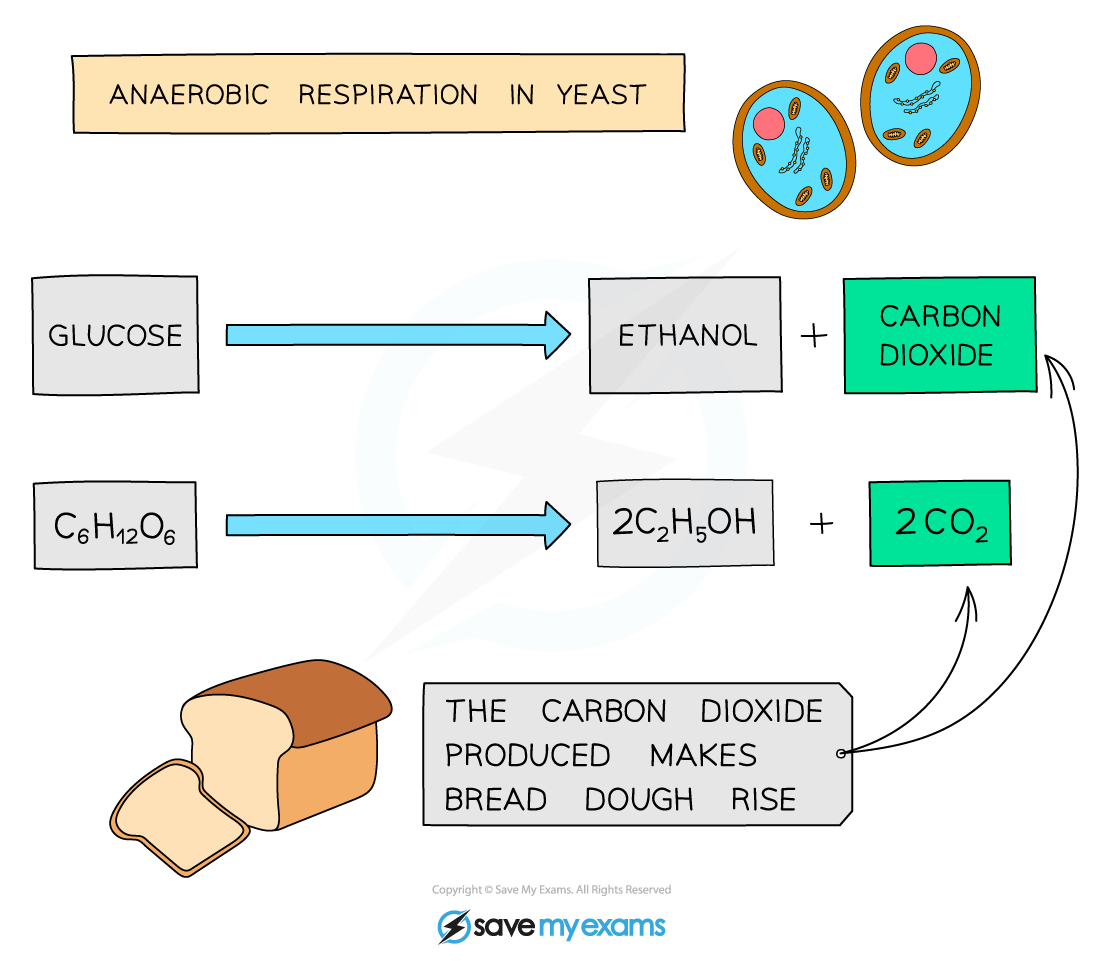- 翰林提供学术活动、国际课程、科研项目一站式留学背景提升服务!
- 400 888 0080
Edexcel IGCSE Biology 复习笔记 5.1.3 Yeast in Food Production
Edexcel IGCSE Biology 复习笔记 5.1.3 Yeast in Food Production
Yeast in Food Production
- Microorganisms can be used by humans to produce foods and other useful substances
- One example of this is the production of bread using yeast
- Yeast is a single-celled fungus that can carry out both aerobic and anaerobic respiration

Yeast is a single-celled fungus, similar to the one shown in the diagram above
Making bread
- When yeast carries out anaerobic respiration, it produces an alcohol (ethanol) and carbon dioxide
- Yeast will respire anaerobically if it has access to plenty of sugar, even if oxygen is available
- This is taken advantage of in bread making, where the yeast is mixed with flour and water
- The yeast produces enzymes that break down the starch in the flour, releasing sugars that can then be used by the yeast for anaerobic respiration
- The carbon dioxide produced by the yeast during anaerobic respiration is trapped in small air-pockets in the dough, causing the dough to rise (increase in volume)
- The dough is then baked in a hot oven to form bread
- During baking, any ethanol produced by the yeast (as a waste product of anaerobic respiration) is evaporated in the heat
- This is why bread doesn't contain any alcohol
- The yeast is killed by the high temperatures used during baking
- This ensures there is no further respiration by the yeast
- Once cooled, the bread is ready to be eaten

The carbon dioxide produced by the anaerobic respiration of glucose is what makes bread dough rise
转载自savemyexam

最新发布
© 2025. All Rights Reserved. 沪ICP备2023009024号-1









